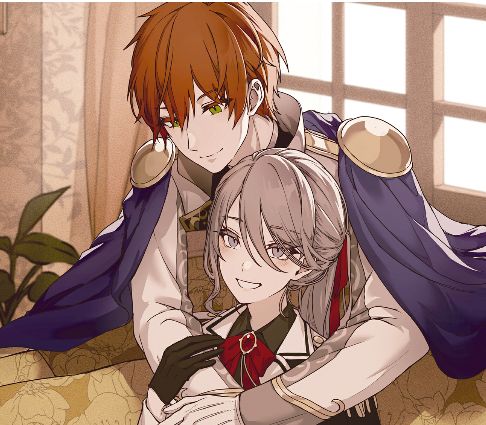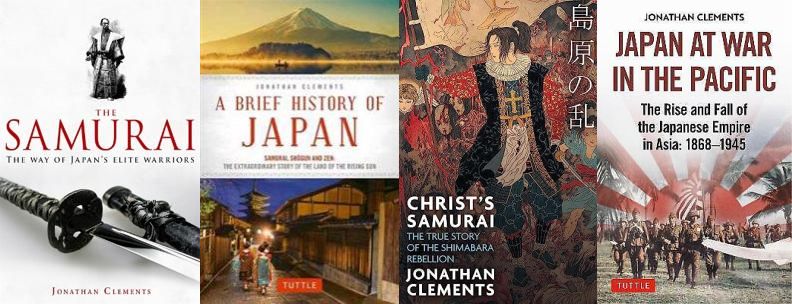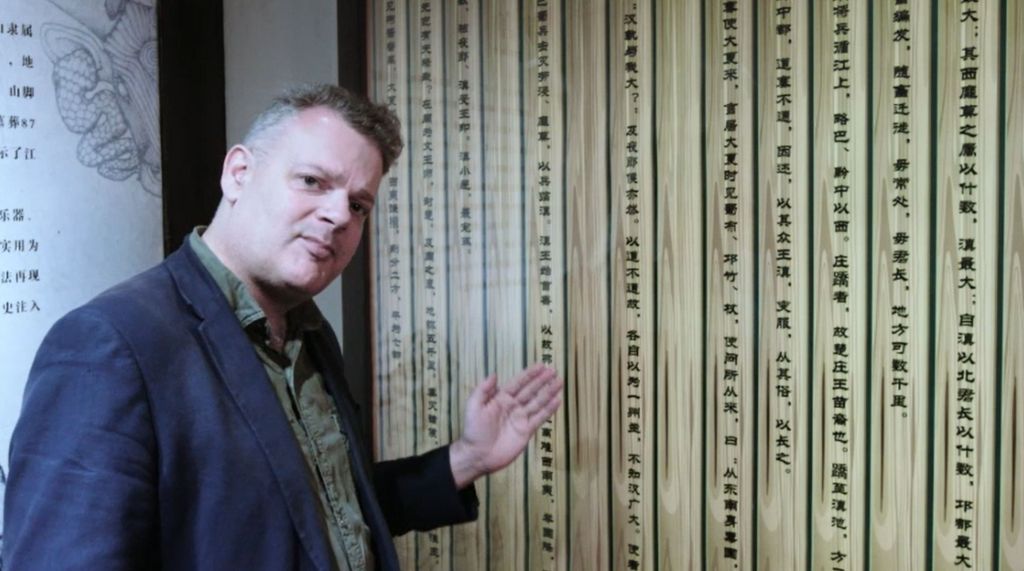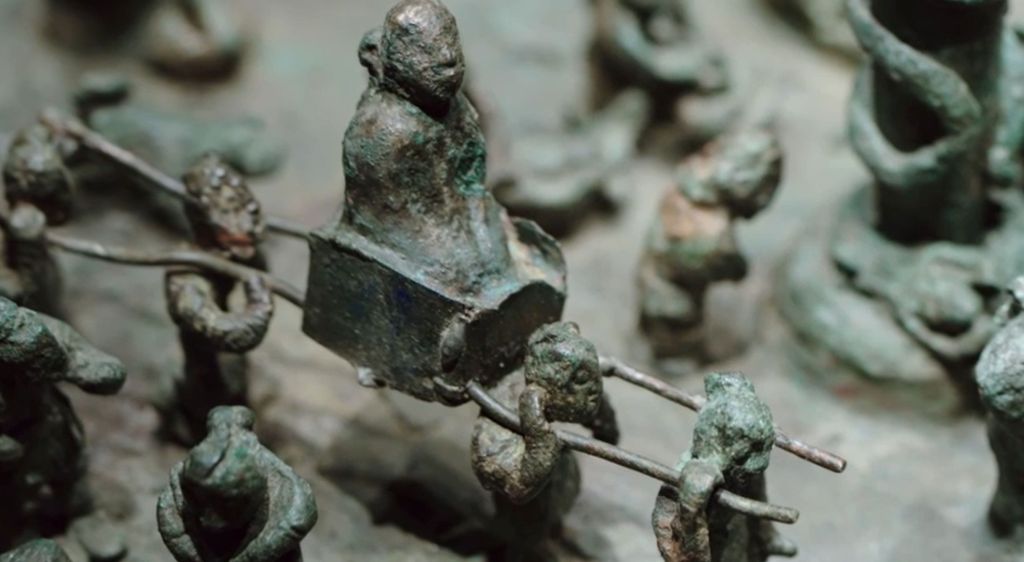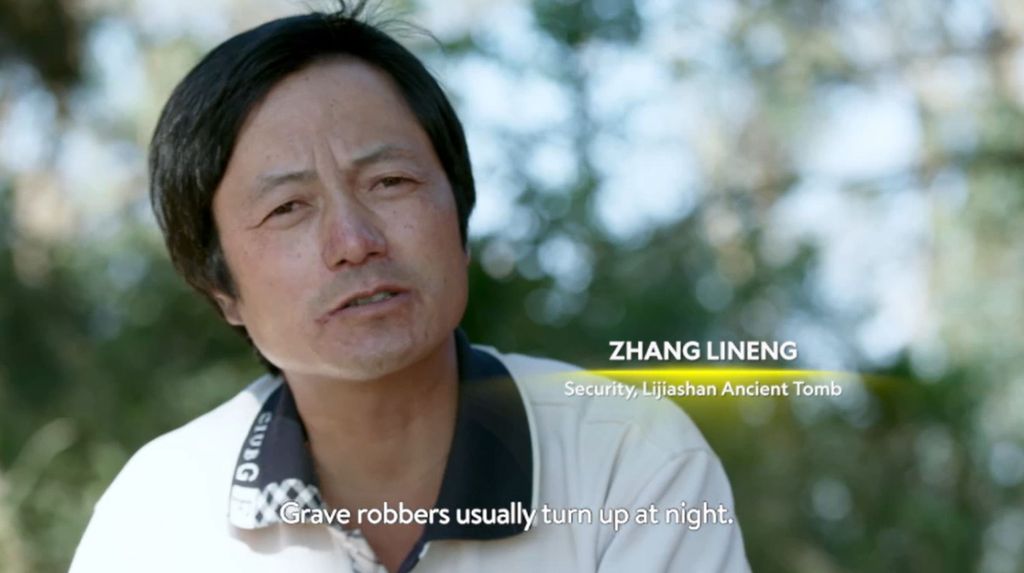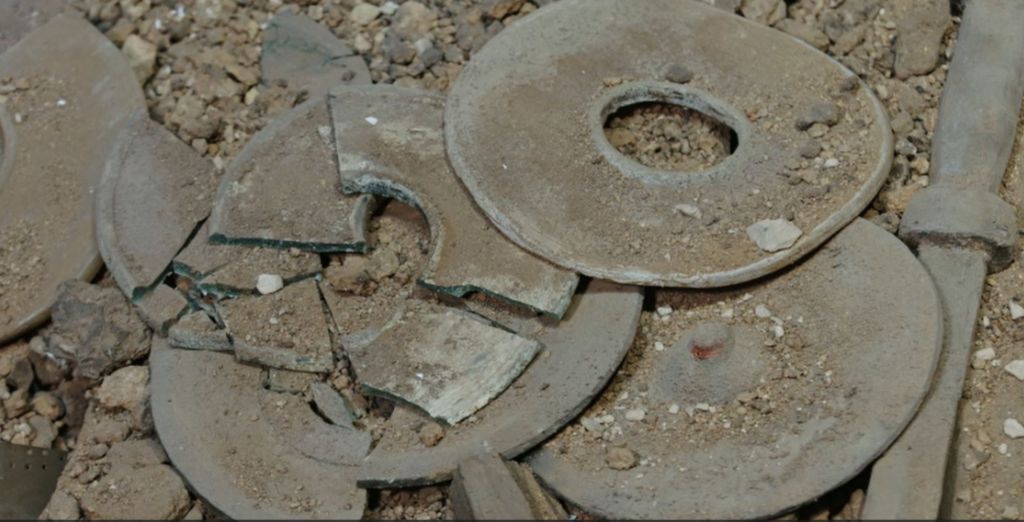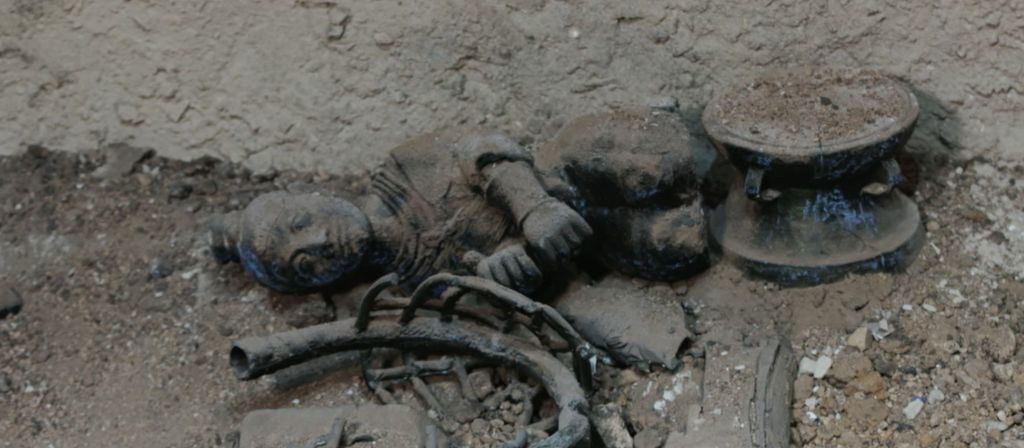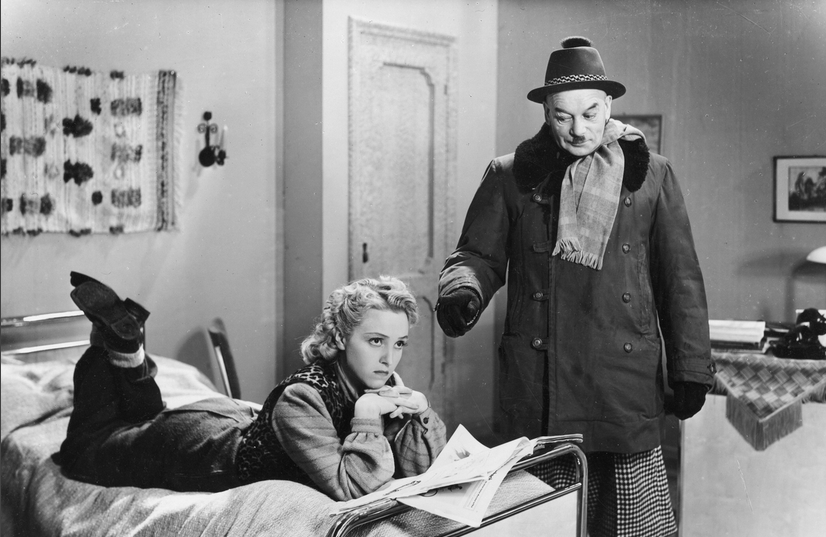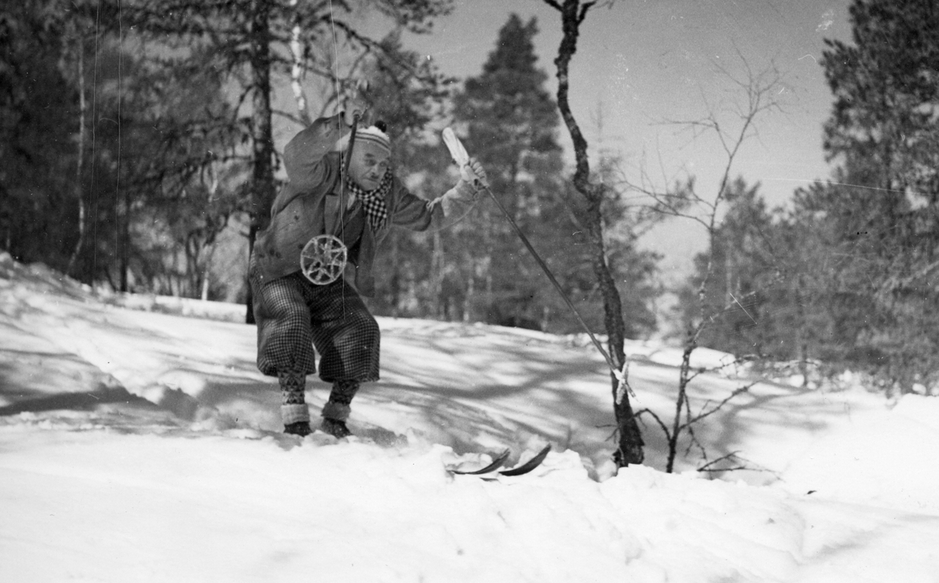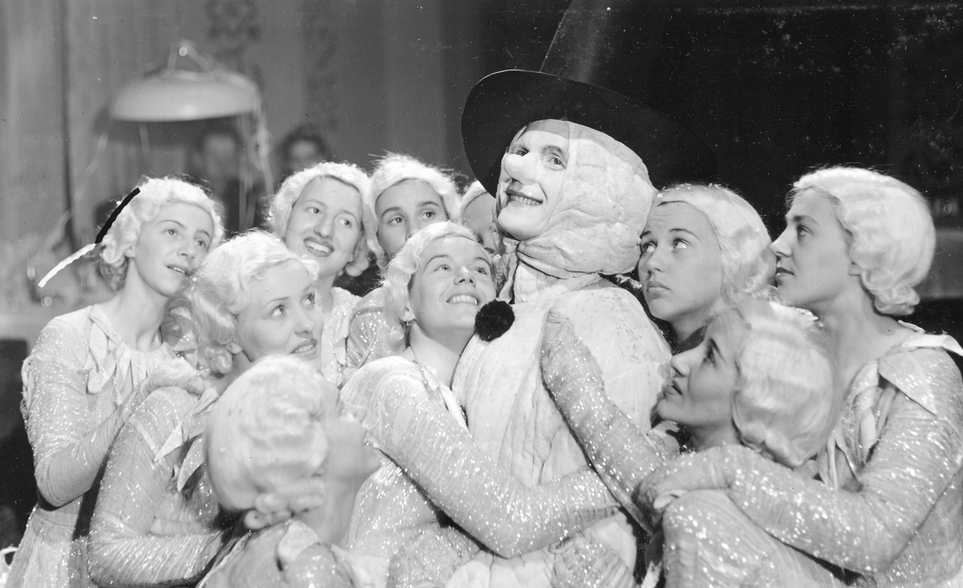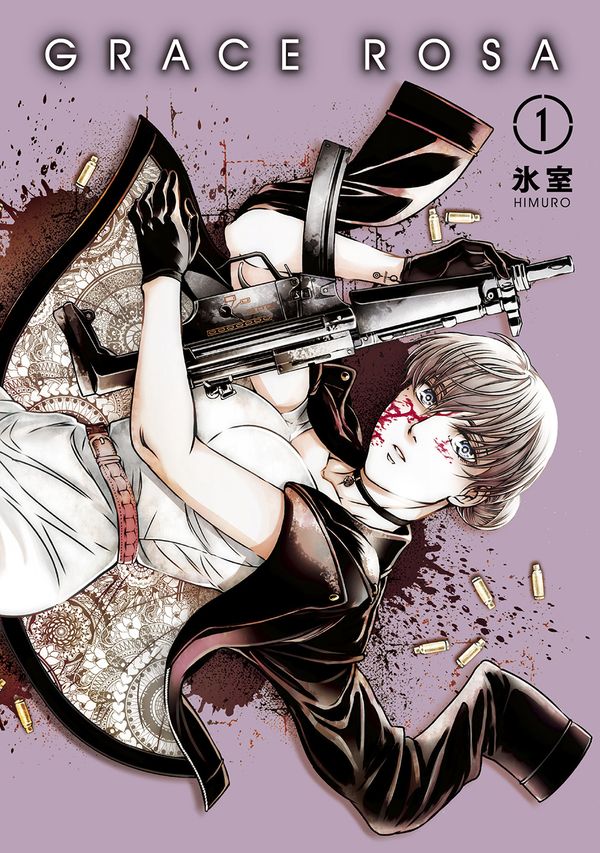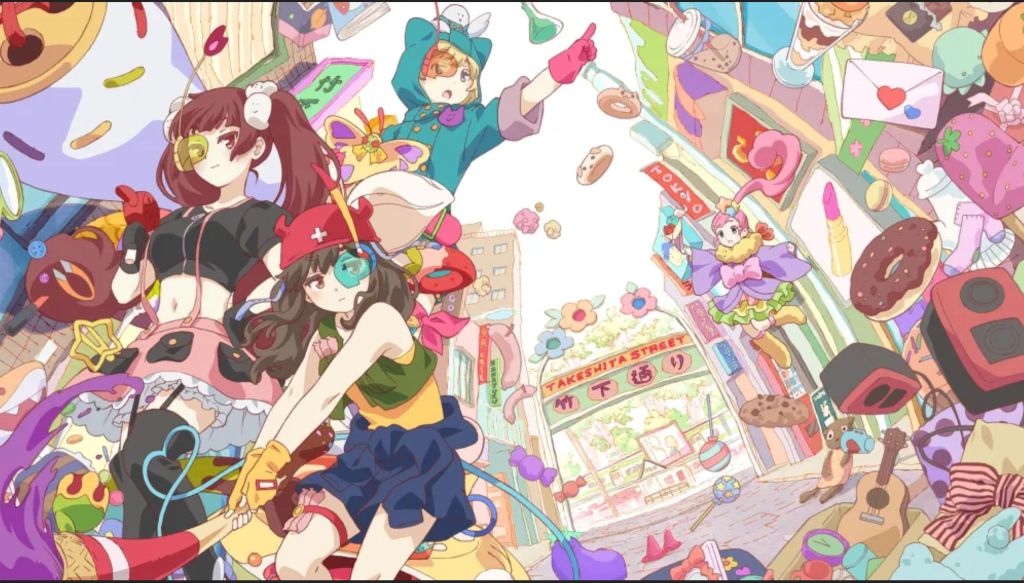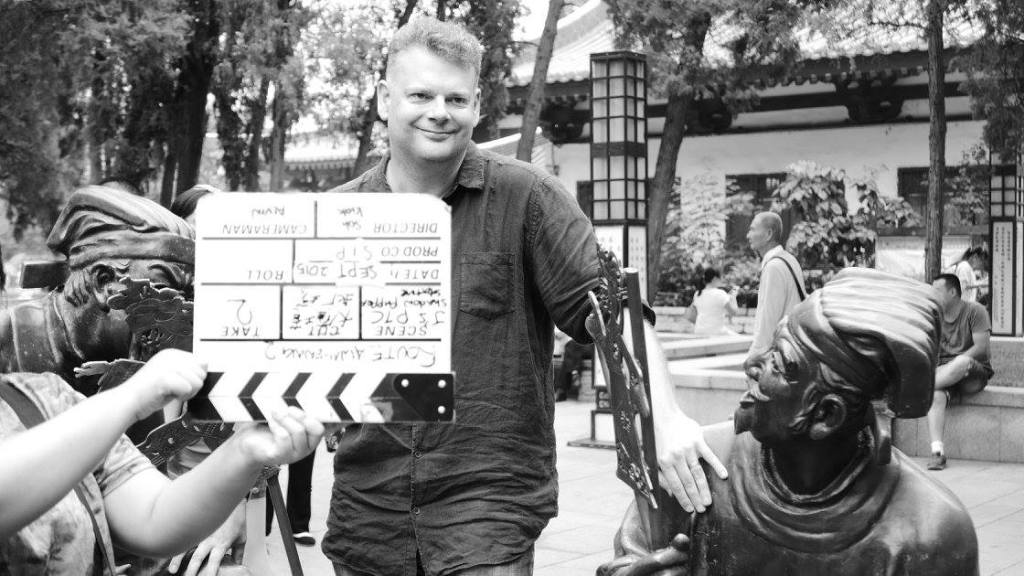
We have a van that could seat twelve, but the rear four sets are folded up for all the gear. There are nine of us today. Two drivers (one with a loaner Buick for the beauty shots), the director, the cameraman, the sound-and-drone guy, the grip, the girl with a clipboard and the fixer. Oh, and me – nearly forgot. I am the “talent”, and my talent is having to say precisely the right words, in precisely the right order, in the sole 20-second window I am liable to get in the midst of a quarter-hour’s faffery. This is harder than it sounds, because it is 77 degrees in the shade, I have to wear oddly warm clothes to fit the continuity, our very presence draws crowds of people who are both noisy and distracting, and everything I say has to be written on the fly, but also factually accurate, and verifiable by two sources – those sources not to include online editable wikis. Otherwise, anything I say can be questioned by National Geographic S&P (Standards and Practices) back in Washington, and the footage will be useless. There is no space for an umm or an err… I cannot get any proper nouns even slightly wrong. I can’t repeat any words in any given speech.
Out to the long road south of the Great Wild Goose Pagoda, so we can do some shots of the Buick driving around past Chinesey things. The car we are using in on loan from the Xi’an dealership, so we have a driver wearing my shirt just in case the clothes are visible through the window, driving through all the fiddly bits. All I have to do is drive in a straight line from one point to another on two occasions, so they can get footage of me at the wheel in a built-up area.

As the crew start to set up, the security guards assemble. First a passing lady with a red armband. Then two men with walkie talkies and red armbands. Then three men with pressure hoses, washing the nearby statues, also with armbands. One of them stands right in front of the camera, calmly and without rancour. He won’t get out of the way until he sees our pass. We don’t have one, and when the fixer rings through to the tourist office who is supposed to have given us one, they don’t know who she is. We waste nearly an hour while she faffs with them, while the red armband stands in our way. Eventually, she returns with a signed form, and he pretends to have forgotten that we are there, walking away talking to an imaginary interlocutor on his phone.
Up to the Great Wild Goose Pagoda itself for me to do a 20-second piece to camera about how it was built as a repository for Tripitaka’s Buddhist scrolls. This takes two hours, because the camera has to be set up, the sound checked, the area cleared, the script agreed upon, and then a bunch of arseholes with mopeds and plastic machine guns cleared out of the way. Our new-found filming liaison, a specky woman in a mauve blouse, frets that by walking from the south side of the tower to the north side, we have effectively walked out of her jurisdiction, and so might face more red armbands at any moment. Meanwhile, crowds of people assemble nearby, pointing their iPhones at us and trying to work out if I am someone famous.
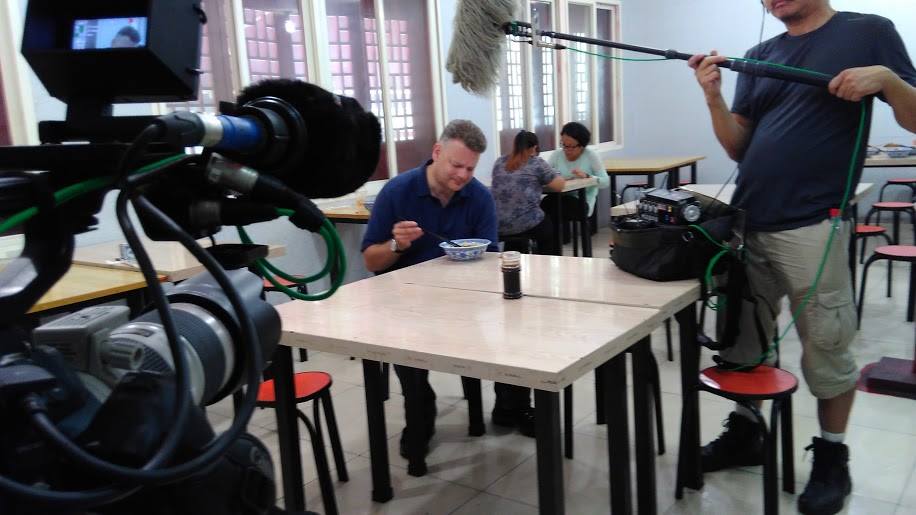
Up to the Muslim Quarter for biang biang noodles for lunch. We luck into a relatively deserted Muslim restaurant where I can talk to camera about the history of this particular dish – international as it is, with American chilis and tomatoes, carrots and cumin from westwards on the silk road, noodles made from wheat, etc. The restaurant staff are also not camera-shy at all, and keen to let the cameraman film them at work. It is a national holiday, so outside it is utter chaos. But we get lots of footage in the can.
Then the Tang Western Market for me to talk about the origin of the Silk Road, and finishing up at the Forest of Lions on the campus of the Xi’an College of Fine Arts. Or is it the Arts University? Or is it the Xi’an University of the Arts? Got to get it right, and got to get it right before the light goes, and before that old lady behind me throws bread to the ducks, or we need to change a camera battery, or before someone’s car alarm goes off.

At the end of the day, I ask the director how much footage we have got of the 132 minutes we need. She thinks maybe 60 seconds. But it was our first day, the crowds were distracting, and we lost an hour to battery hunts and an hour to official interference. It could be worse, and tomorrow should be better. Although tomorrow may be a different story, because I will be in a town I have never been before, talking about puppets.
Jonathan Clements is the author of A Brief History of China. These events featured in season two of Route Awakening (2016).

